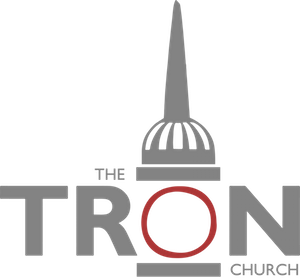The LORD said to Moses, "Speak to the people of Israel, that they take for me a contribution. From every man whose heart moves him you shall receive the contribution for me. And this is the contribution that you shall receive from them: gold, silver, and bronze, blue and purple and scarlet yarns and fine twined linen, goats' hair, tanned rams' skins, goatskins, acacia wood, oil for the lamps, spices for the anointing oil and for the fragrant incense, onyx stones, and stones for setting, for the ephod and for the breastpiece. And let them make me a sanctuary, that I may dwell in their midst. Exactly as I show you concerning the pattern of the tabernacle, and of all its furniture, so you shall make it.
Exodus 25:1-9
The emphasis on the willingness of heart with which the people were to give their offerings not only reveals the only kind of offering that is acceptable to God, but also serves to set in glaring contrast the often dubious and sometimes deplorable expedients resorted to at the present time for exhorting support for the work of the Church. When one thinks of the shamefully low per capita figures for Christian giving within the membership of the Church of Scotland, so that the Church is not able to meet its ongoing commitments, and when it is remembered that so much of this 'princely' sum, even, is given unwillingly and grudgingly after much pleading and cajoling, it becomes clear that it is in the heart of the Church's life, not its pocket, that the real problem lies, and requires to be dealt with.
The pattern Moses was shown in the mount (9, 40) for the construction of the Tabernacle is surely meant to suggest the pattern of gospel redemption. God's desire was to dwell with His people (8), and this is possible only in one way, through atonement and reconciliation. How else would it be so necessary to stress the divine pattern? God allowed Moses to have a glimpse of the plan that was laid down in eternity for man's redemption and His dwelling with His people (Hebrews 8:5), and instructed him to work by it. The New Testament parallel to this in the story of the Transfiguration of Christ shows Moses speaking with Christ concerning His decease which He should accomplish at Jerusalem. It is striking to realise that at the great moments of this man's life he is always found near the Cross!
